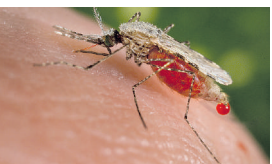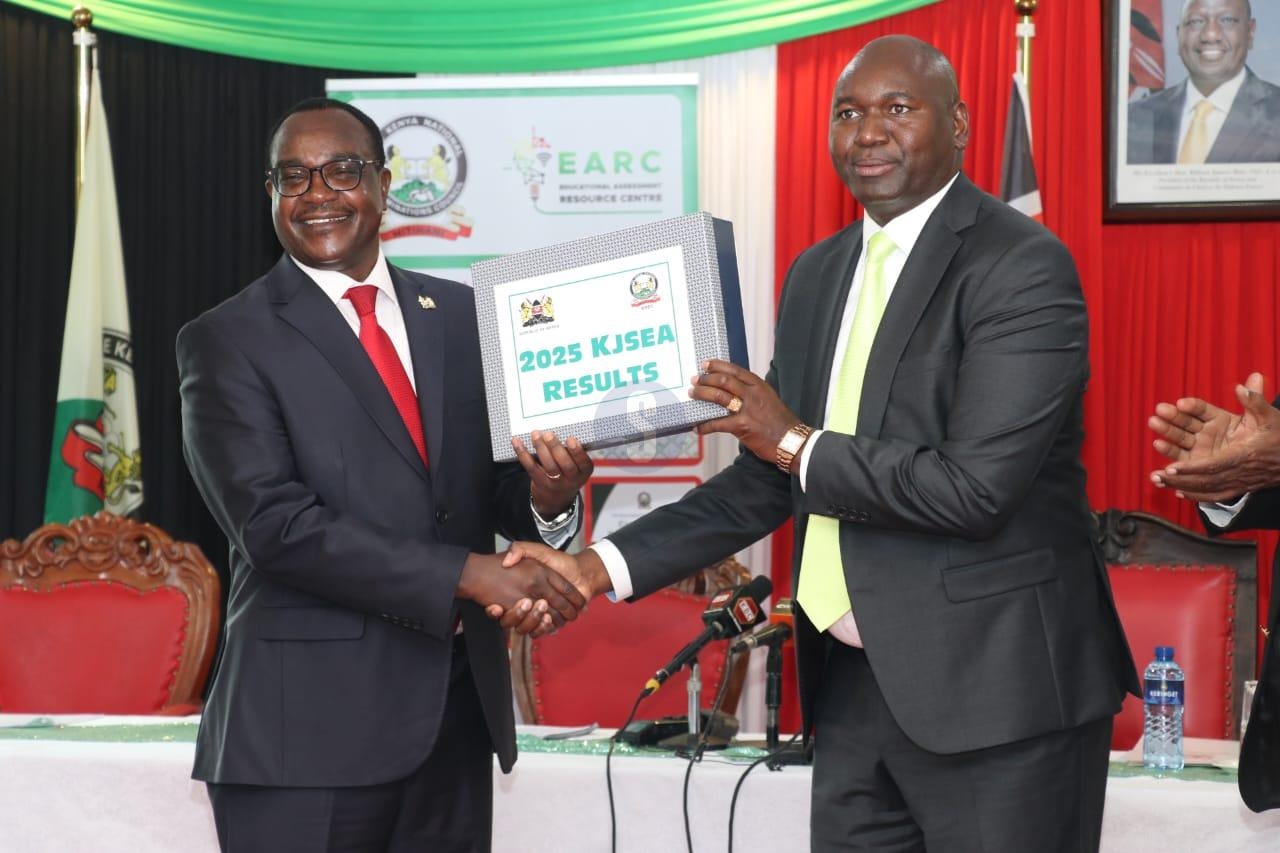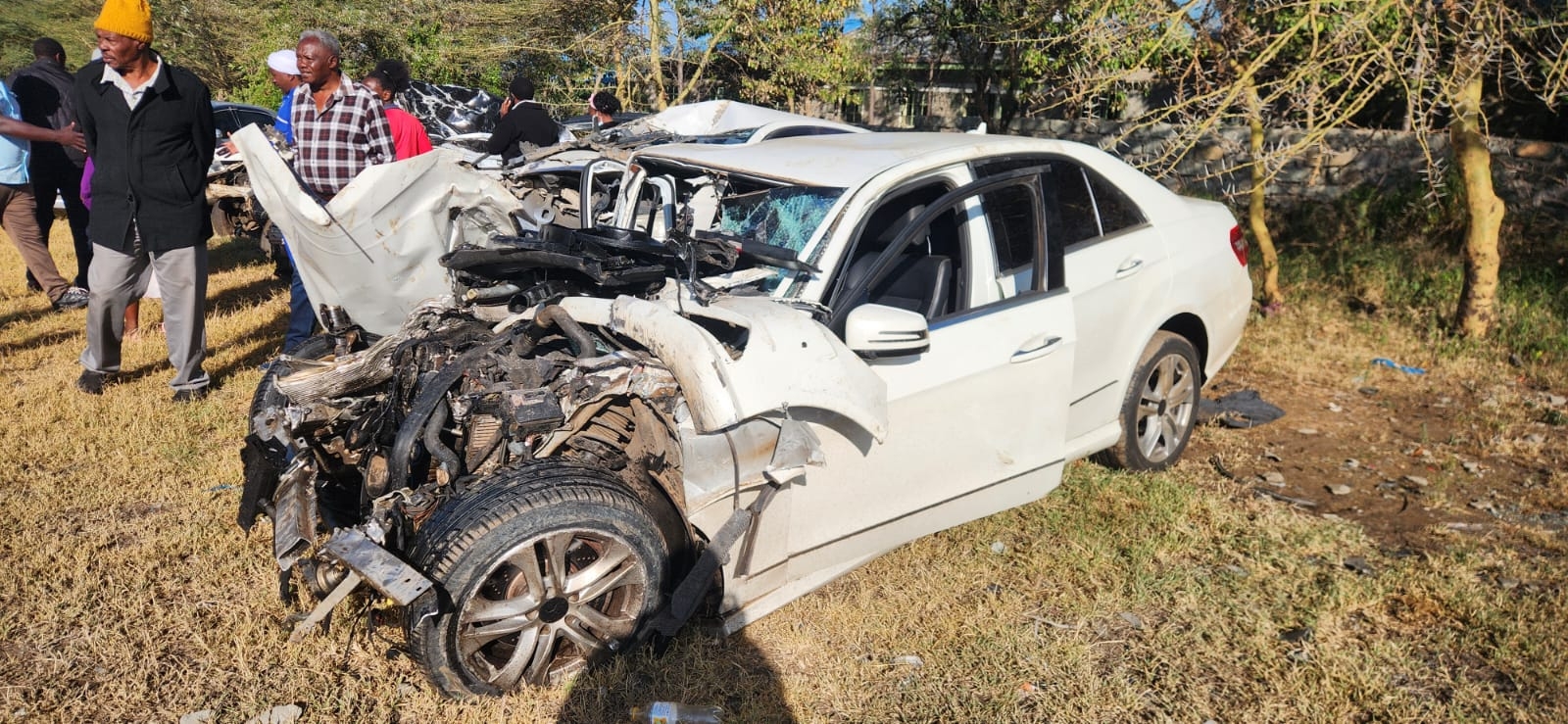

The invasive anopheles stephensi mosquito, which was first was detected in Marsabit and Turkana in 2022, has now infested nearly the entire Northern Kenya, public health officials report.
They also predict the mosquito has spread to 12 other counties at the Coast, Central, Eastern and Rift Valley.
The finding is critical because the mosquito is reported to be resistant to all classes of insecticides used against adult malaria vectors in the region.
“In addition to the initial detections in Marsabit and Turkana counties, the invasive vector was subsequently found in Mandera, Wajir, Isiolo, Samburu, and Elgeyo Marakwet counties, indicating significant geographic spread throughout Northern Kenya,” the officials said in a new report, co-authored by researchers from the Ministry of Health’s National Malaria Control Programme, the Kenya Medical Research Institute, the University of Nairobi and 12 other institutions.
Researchers from these institutions scouted for the stephensi’s larvae in 18 counties mostly in Northern Kenya in 2023 and 2024.
The larvae were found in five counties, mostly in discarded tyres, plastic containers, and water storage containers along major roads.
“It (finding) highlights the contribution of the road network to its spread,” said co-author Dr Eric Ochomo, an entomologist with the Kemri, when the paper was first posted as a preprint.
Stephensi is endemic to India where it is the primary vector of urban malaria. The World Health Organization said it is a highly efficient vector, capable of transmitting both plasmodium falciparum and p. vivax malaria parasites.
Unlike other mosquitoes, it thrives in urban environments and can survive extreme temperatures, making it a significant threat to malaria control and elimination efforts, particularly in Africa.
It was first detected in Africa in Djibouti 2012, where it was associated with an exponential increase in malaria cases. Similarly, an increase in malaria cases has been observed in Ethiopia since it was confirmed there in 2016.
It was then reported in Kenya (Turkana and Marsabit counties) in late 2022.
The Kenya Health Information System shows Turkana county now has a malaria prevalence of 39 per cent compared to the national average of six per cent, with the spike partly being blamed on stephensi.
“The discovery of anopheles stephensi in 2022 has led to more cases being reported,” said Janerose Tioko, the county chief officer for preventive and promotive health, in April.
Researchers who conducted the latest surveillance also revealed their models show anopheles stephensi could already be present or will soon establish itself in counties far beyond where it has been confirmed.
“The model predicts a greater extent of An. stephensi than the current positive sites in Marsabit, Samburu, Turkana, Mandera, Wajir, and Isiolo counties with overlaps in neighbouring counties including Tana River, Garissa, Kitui, Machakos, Makueni, Kajiado, Taita Taveta, Tharaka Nithi, Embu, Meru, Baringo, and West Pokot,” they said in their report, published on June 5 by Nature’s Scientific Reports Journal.
It is titled, ‘Spatial distribution and population structure of the invasive Anopheles stephensi in Kenya from 2022 to 2024.’
Other institutions that participated are Pwani University, Kemri-Wellcome Trust, University of Oxford, US Centers for Disease Control and Prevention, US President’s Malaria Initiative, PMI Evolve Kenya, Duke University, Vestergaard Frandsen (EA) Ltd, Liverpool School of Tropical Medicine, and Pan African Mosquito Control Association.
Experts say the presence of stephensi in densely populated urban areas could fundamentally alter the malaria landscape in Kenya.
They said Kenya faces a potential shift toward year-round, urban malaria, a challenge that existing rural-focused control programmes may not be equipped to handle.
"Unfortunately, the detection in Kenyamay translate to higher malaria transmission in urban and peri-urban settings in the country, posing a serious threat that could reverse the gains made in the fight against malaria," Kemri said in a statement when stephensi was first detected in Kenya late 2022.
"Our surveillance studies indicate that the new vector, unlike the traditional malaria-causing mosquito namely anopheles gambie and anopheles funfest, is not only invasive and can spread very fast to new areas, but also adaptive to different climatic and environmental conditions," Kemri said.

















